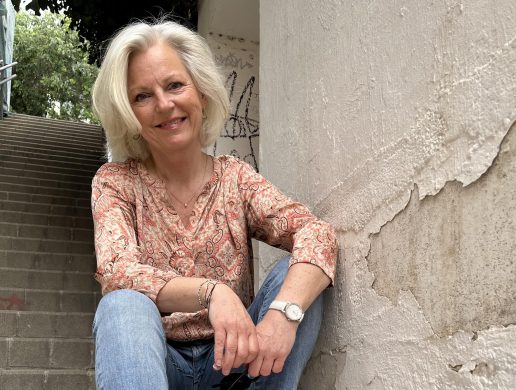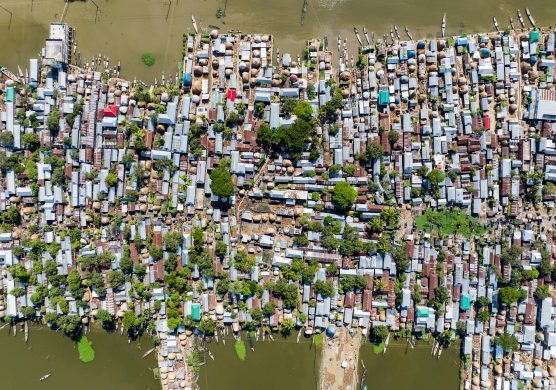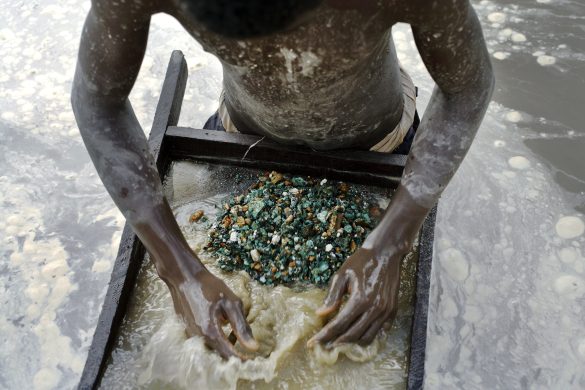Der er rigtigt meget økonomisk fornuft i at omstille til en grønnere udvikling, og det vil samtidigt redde millioner af menneskeliv ved at reducere luftforurening, konkluderer Verdensbanken i nyt studie mandag.
Modernizing landfills and cleaning up open dumps have obvious benefits for surrounding communities, but the value reaches deeper into the national budget that may be evident at first glance.
For a country like Brazil, where waste-to-energy technology is being piloted today, integrated solid waste management practices including building sanitary landfills that capture greenhouse gas emissions to generate electricity can improve human health, add jobs, increase the energy supply, reduce the impact on climate change, and boost national GDP.
A new study looks at a series of climate-smart development project scenarios, including landfills in Brazil, and for the first time on a large scale adds up how government actions can boost economic performance and benefit lives, jobs, crops, energy, and GDP – as well as emissions reductions to combat climate change.
It provides concrete data to help policymakers understand the broader potential of climate-smart development investments.
“Climate change poses a severe risk to global economic stability, but it doesn’t have to be like this,” said World Bank Group President Jim Yong Kim.
“At the World Bank Group, we believe it’s possible to reduce emissions and deliver jobs and economic opportunity, while also cutting health care and energy costs. This report provides powerful evidence in support of that view”, he added.
The report, Climate-Smart Development: Adding Up the Benefits of Actions that Help Build Prosperity, End Poverty and Combat Climate Change, focuses on five large countries – Brazil, China, India, Mexico, and the United States – plus the European Union.
It examines the benefits of all six implementing three sets of policies on clean transportation, energy efficiency in industry, and energy efficiency in buildings.
In the transportation policy scenario, for example, if the five countries and the EU shifted more travel to public transit, moved more fright traffic off of roads to rails and sea, and improved fuel efficiency, they could save about 20,000 lives a year, avert hundreds of millions of dollars in crop losses, save nearly $300 billion in energy, and reduce climate changing emissions by more than four gigatons.
It also looks at the potential impact of four country-specific projects, including landfills in Brazil, if they were scaled to the national level.
Short-Lived Climate Pollutants
Some of the benefit comes from reducing emissions of what are known as short-lived climate pollutants, or SLCPs.
Black carbon from diesel vehicles and cooking fires, methane from mining operations and landfills, ozone formed when sunlight interacts with emissions from power plants and vehicles, and some hydrofluorocarbons are all SLCPs. They can damage crops and cause illnesses that kill millions. Reducing these emissions could avoid an estimated 2.4 million premature deaths and about 32 million tons of crop losses a year.
Unlike CO2, SLCPs do not linger in the atmosphere for centuries but are removed in weeks or years. Stopping these air pollution emissions from entering the atmosphere would by itself help reduce warming and provide time to develop and deploy effective CO2 interventions.
Læs videre og download rapporten fra Verdensbankens hjemmeside via linket nedenfor.














